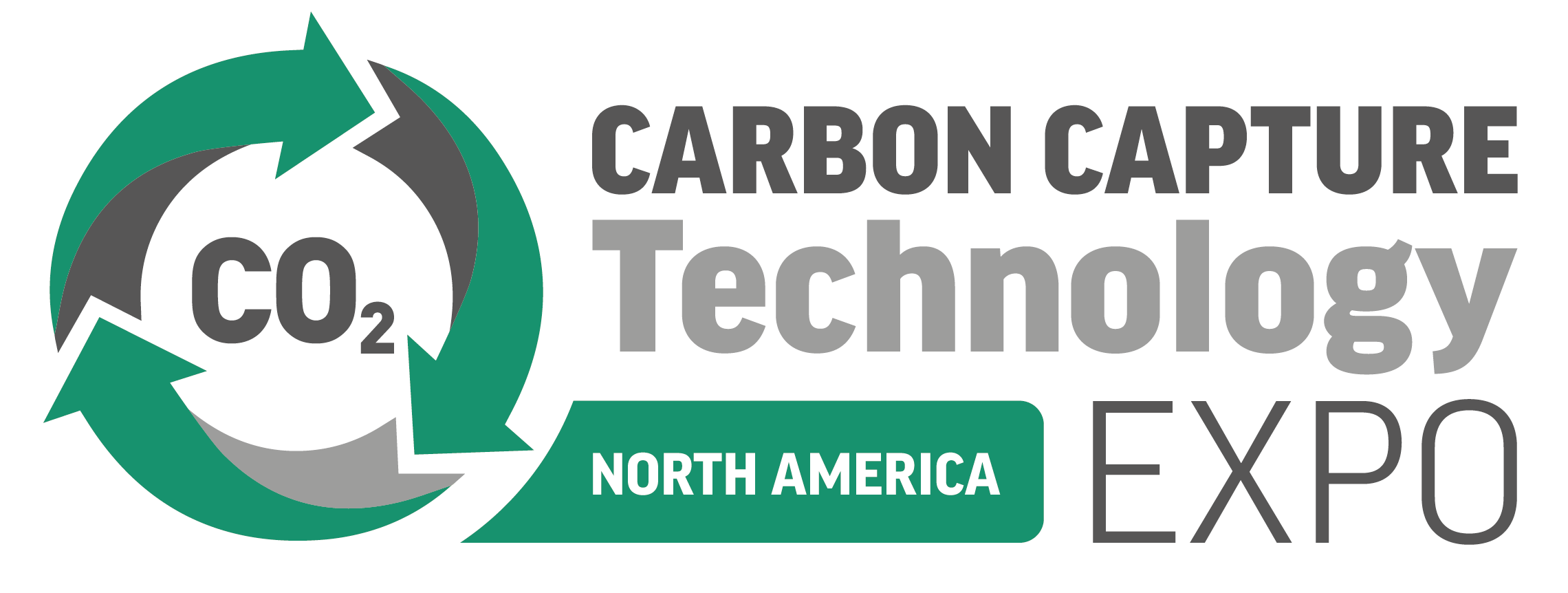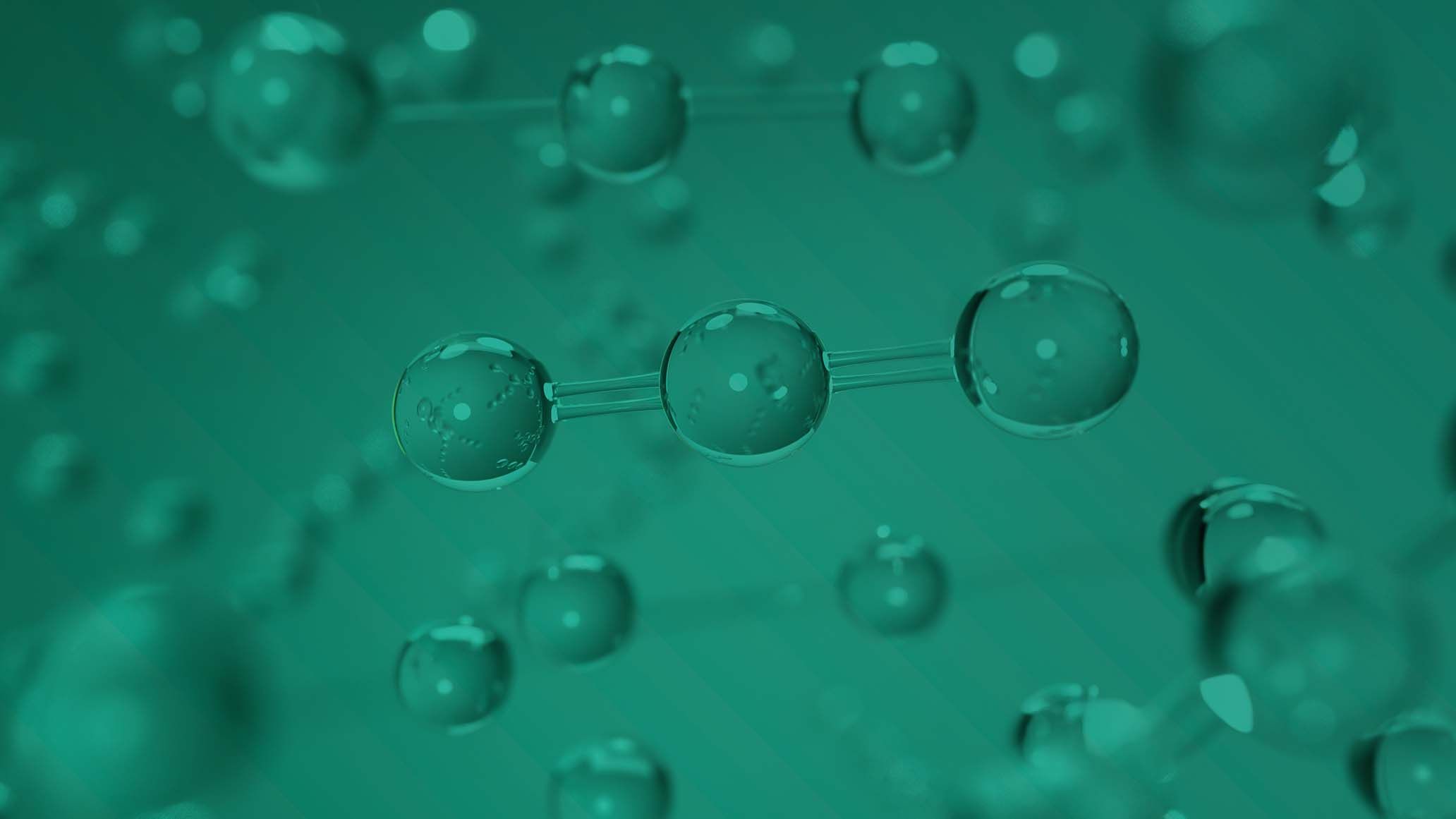Aluminum Formate: A Cheap Post-Combustion Carbon Capture Solution
)
According to a study published in Science Advances, aluminum formate (ALF) can be used to scrub CO2 from power plant smokestacks at a cost-competitive price.
Studies have shown that aluminium formate belongs to a class of compounds called metal-organic frameworks (MOFs), which can effectively capture CO2.
However, some MOFs are too costly to produce at scale, while others don’t work well in humid conditions.
“What makes this work exciting is that ALF performs really well relative to other high-performing CO2 adsorbents, but it rivals designer compounds in its simplicity, overall stability and ease of preparation,” said Evans, a chemist at the NIST Centre for Neutron Research (NCNR). “It is made of two substances found easily and abundantly, so creating enough ALF to use widely should be possible at very low cost.”
The downside of ALF is that it does not perform well in humidity. But because it’s inexpensive and easy to source, a “drying step” reducing humidity could be added to the scrubbing process at an extra cost.
Coal-fired power plants account for 30% of global CO2 emissions. Although globally, there’s been an effort to switch to renewable energy sources like solar and wind, coal plants are still in operation. Carbon capture can be used as a bridging method to mitigate emissions from existing coal plants.
While in developed nations, the number of coal plants in operation is declining, the opposite is true in emergent economies. In China, for example, new coal plants are being put into operation.



)
)
)
)
)
)



)
)
)
)
)
)

)

)
)
)

)
)
)
)
)
)
)
)
)
)
)
)
)
)

)
)

)
)
)
)
)
)
)
)

)
)
)

)
)
)

)
)
)
)
)

